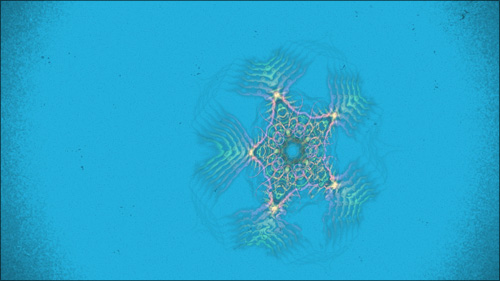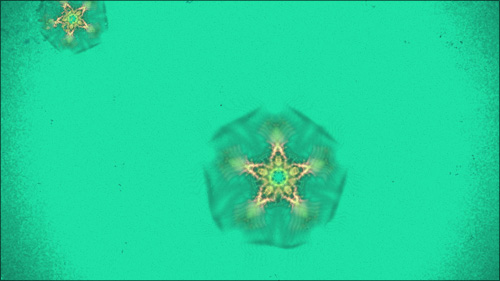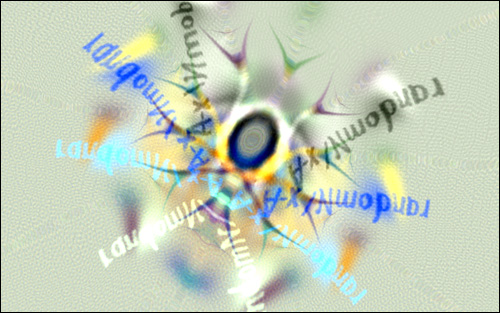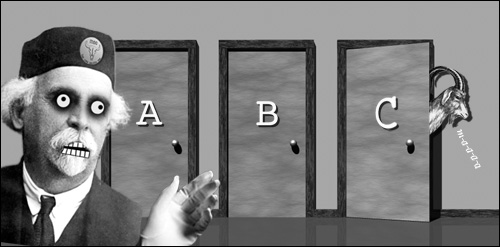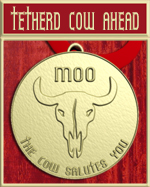You know the kind of thing. You get a phone call from your telco saying that they’ve been ‘reviewing’ your plan and they want to help you save money by putting you on a ‘more efficient’ one. Usually this involves re-bundling your mobile phone and your landline services and your internet and your espresso machine in some unfathomable manner. I’ve had two of these calls this week alone and it drives me nuts.
First of all, if it’s true, and you really are spending more money with them than you should be, what the hell kind of logic is there in them telling you that? Could it be that they’re thinking… ‘oooh, we’re making billions of dollars profit but, gosh, we’re so big-hearted that we simply couldn’t sleep at night if we were to rip a few extra cents off our poor customers…’
Yeah, right. Paradoxically, my most recent bill had a whole lot of mysterious SMS ‘status request’ charges that they were quite unwilling to help me ‘be more efficient’ with, even though I didn’t incur them and they couldn’t tell me why they were there.
Following the reasoning that they ‘want to help you save money’ to its logical outcome, let’s say a lot of customers are operating inefficiently, and the company magics those poor suckers’ plans to help them all to spend less. What’s going to happen when it works and the customers put fewer dollars in the telco’s coffers and the company shareholders see a sudden plunge in profits? Right! They’ll put the charges up!!
So it’s plainly illogical that their motive is altruistic. What the hell, then, are they doing.
I stumbled across an article in Choice Magazine recently that may just hold a clue. Here’s the kernel of what it had to say:
The problem is that comparing these bundled packages is next to impossible, even for the pros. Comparison website PhoneChoice says telcos’ pricing structures for bundles are too complex even for quantitative analysis and modelling — there have been several failed attempts to develop systems to compare the offers… Recently, it took a Federal Court judge to adjudicate over which of two mobile phone plans was cheaper.
‘… too complex even for quantitative analysis and modelling…’ Did you get that? We can now make a good fist of modelling the weather on computers, but we can’t simulate competing phone plans.
So here’s my theory: these plans are so complex that not even the people who come up with them can tell what they’re doing! This poses a problem – how, then, do they know which plan is making them more money? Right! They don’t! As a result they have now come to the realization that they must keep swapping their customers from plan to plan in order to have any chance of avoiding diminishing earnings.
They have clevered themselves into confusion.
Let this be a warning to all those with the hubris to challenge complex mathematics.
